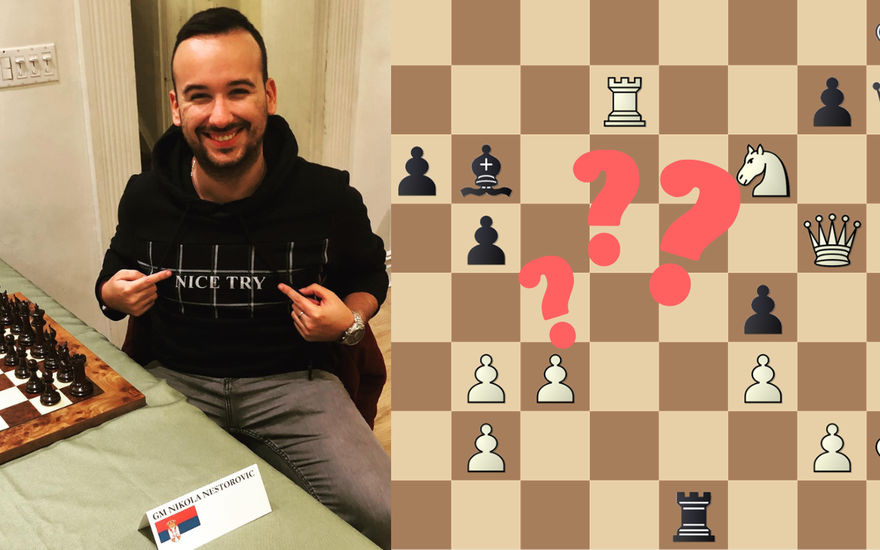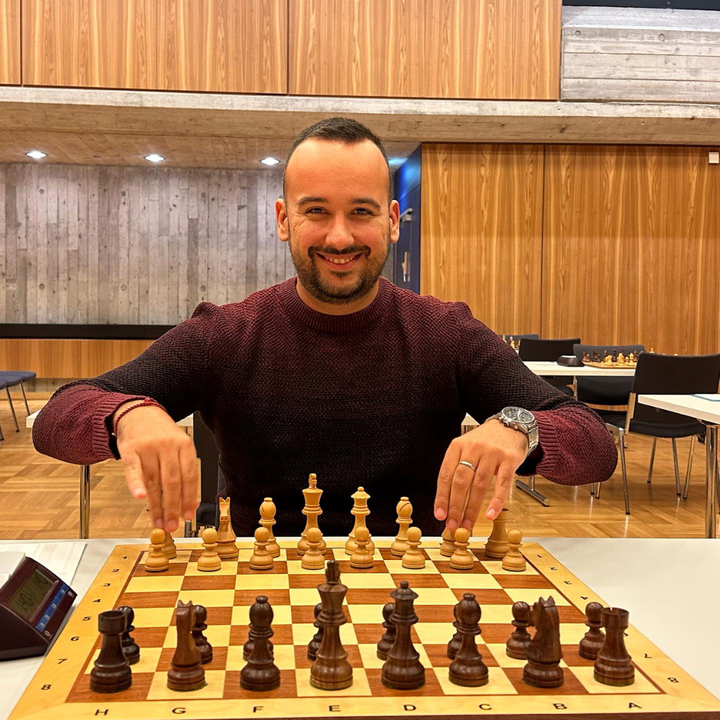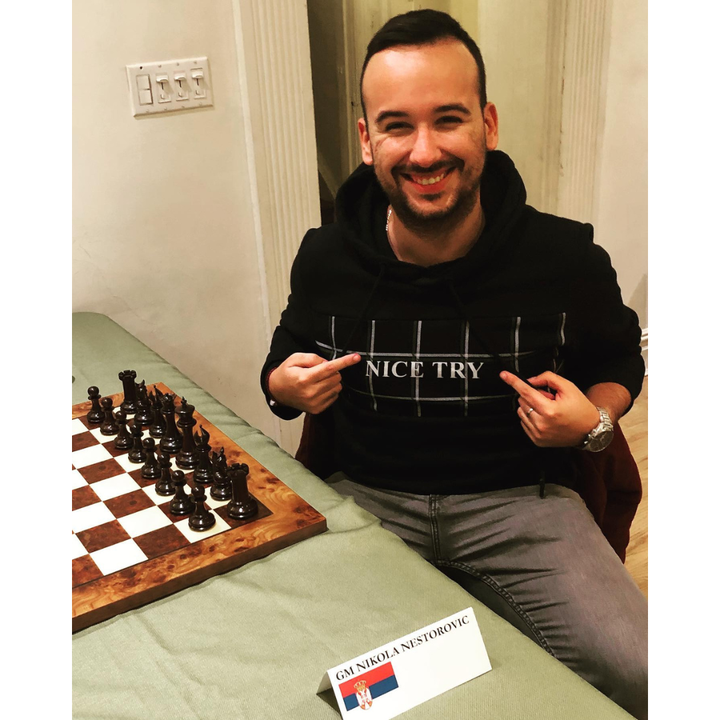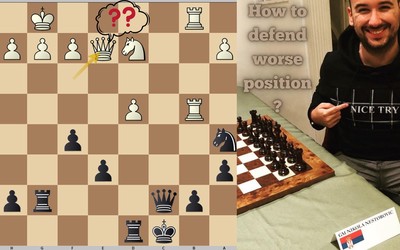
Title: Mastering Piece Trades: A Beginner's Guide to Chess Strategy
How to trade your pieces on the best possible way?Title: Mastering Piece Trades: A Beginner's Guide to Chess Strategy
Hey there, my fellow chess enthusiasts!
My name is Nikola Nestorovic, and I'm thrilled to connect with you all.
As a Chess Grandmaster and FIDE Coach from Serbia, I've spent years honing my skills and developing a deep love for the game.
Since 2016, I have been working as a full-time chess coach with many lovely students worldwide. Recently, I took a huge step forward in my career by publishing my first-ever chessable course, To Trade or Not to Trade | Chessable
Working on this course has been an incredible journey, and I am excited to share my knowledge with all of you.
In this blog, I want to share some advice on how you should think in some critical strategic positions.
These are not chapters from the course but rather some general rules that will help you improve the strategic part of your game.Also, thank you for reading this blog and for further support; I look forward to writing more chess stuff shortly!
1. Develop your pieces:
When I'm playing a position that requires strategic thinking, I ensure that each piece I place is in a place that will give me the best chance of putting pressure on my opponent's position.
Of course, there are situations when I need a natural idea or help finding my way. During those moments, I listen to my inner voice, encouraging me to keep improving the activity of my pieces.
By remaining thinking about the piece activity, I increase my chances of success and keep my mind sharp and focused.
2. Understand the value of each piece:
In my experience with this beautiful game, I've come to appreciate each piece's unique strengths and weaknesses.
Taking the time to understand them all has been crucial in making intelligent trades.
Some might argue that bishops should never be traded for a knight in an open position, but breaking the rules makes chess so exciting, and I believe that makes my debut course unique!
3. Consider positional factors:
Now, fundamental overall rule.
Before initiating a piece trade, evaluate the positional factors on the board.
In these critical moments, you must ask yourself: "Nikola, do I need to trade my bishop, or do I need him for the next game phase?
Yes, I need him! - (there are no pawns in the center, so there is a lot of space for the bishop, so my opponent knight will look bad.
Let's keep the bishop and wait for another moment to trade!
4. Don't undervalue the importance of pawns:
Pawns may seem insignificant, but they play a crucial role in chess.
If I have a weak pawn structure (double pawns, isolated pawns) and want to keep attacking, I will avoid any future trades because these pawns will become an easy target in the endgame phase.
Of course, If I want to punish my opponent for a weak pawn structure, I will look for any chance to play the endgame and say - "These pawns are mine to take!

5. Be mindful of King's safety:
If you want to keep your King safe in the crossfire, always try to destroy (or trade) your opponent's best-attacking piece!
Of course, imagine you are the side going for all-in in the attack, trying to checkmate your opponent's King.
In that case, try to keep your pieces intact because, during the attack, you will often make some positional weaknesses that your opponent will explore after your attack vanishes after the right trade.
6. Calculate tactics:
Of course, this looks easy to say, but before every trade, you must look for potential tactical ideas.
An excellent idea for the right trade is insufficient if you lose that piece in some trapy moment. I am trying to remember how often I blundered something during my strategic thinking. Countless times!
My point is - Yes, my bishop looks nice on this open diagonal - Oh, where is my bishop? Out of the board - taken!
7. Plan:
The plan is one of the most crucial chapters for trading and implementing strategic ideas. Before you make a move or a trade, imagine where you will be in the next five or six moves. Do you like that position? If the answer is yes, go for it and give your best to calculate every move in your path!
Conclusion:
Mastering the art of piece trading is an ongoing process that evolves with experience and practice.
As a Grandmaster, I made countless mistakes about keeping and trading the right pieces at the right time.
But remember, you should keep learning as I did because every trade should contribute to your overall strategy and bring you one step closer to a winning position on the chessboard.
As a last part of this blog, I would like to share my game from the German Bundesliga, where I avoided trades to make my advantage even bigger!
Happy chess playing!
Grandmaster and Fide coach,
Nikola Nestorovic
